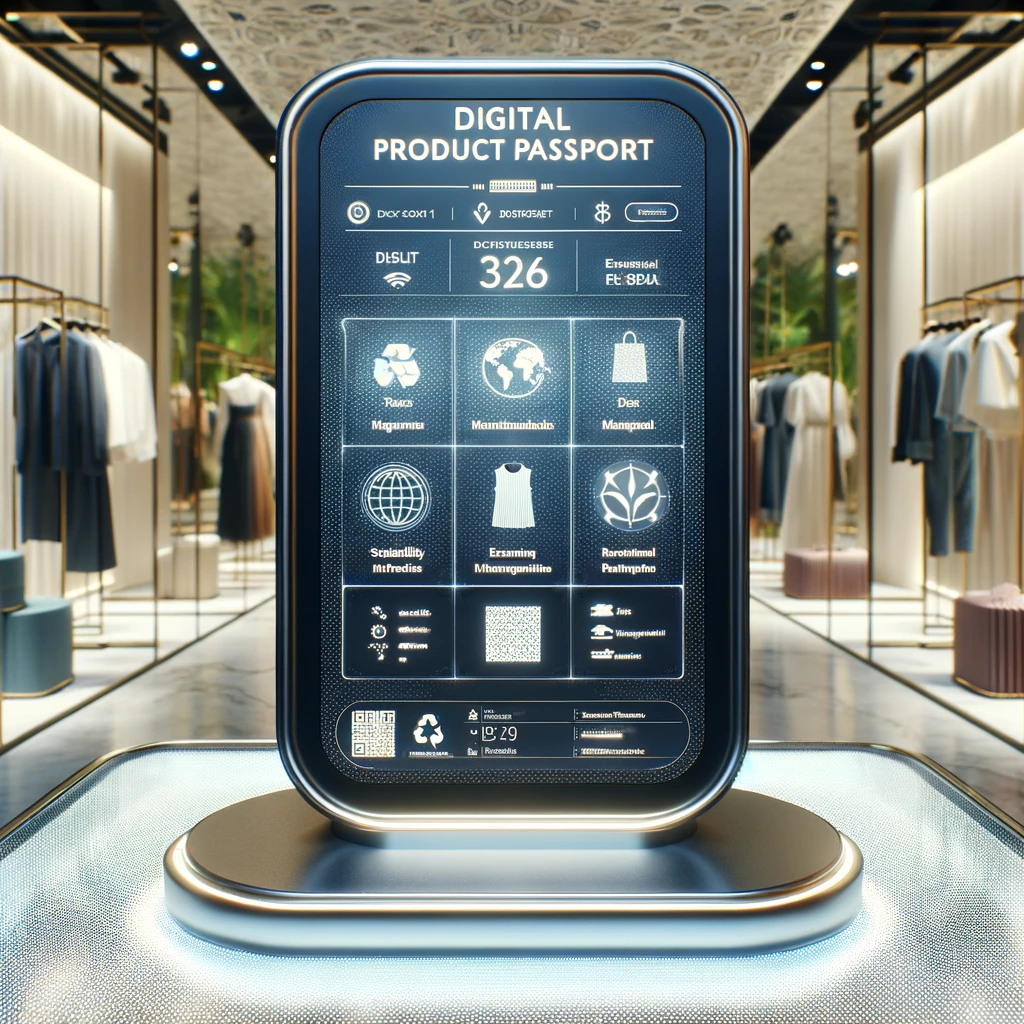While the fashion industry has long relied on the barcode, it’s evident that the traditional barcode is no longer sufficient to meet the rising demands for enhanced product information transparency, traceability, and authentication.
In response to these evolving needs, the global supply chain is pivoting towards adopting two-dimensional (2D) barcodes.
The European Commission is currently discussing the contours of the Digital Product Passport (DPP) that offer a standardized solution capable of accommodating both supply chain necessities and the changing expectations of consumers.
This shift unlocks numerous advantages for the fashion industry, including:
– Improved inventory management and heightened recall readiness
– Increased sustainability through ethical sourcing traceability
– Enhanced product authentication to combat counterfeits (34% of luxury consumers distrust fakes)
– Cultivation of greater brand trust via transparency
– Access to detailed product information for consumers
The DPP has the potential to become a certificate of authenticity and ownership, helping develop the secondhand luxury market.
It can also accompany products throughout their lifecycle, tracking repair phases and facilitating complex recycling like batteries – meeting consumer demand for repair solutions.
Crucially, the DPP powered by technologies like blockchain can establish a secure Digital Link between physical items and digital passports. See our article about: What Makes Web3 unique
While promising, the DPP faces challenges around stakeholder alignment on definitions/regulations and choosing efficient enabling technologies like tokenization for data storage, accessibility, and added services.
Elevating traceability, circularity, authentication and customer experiences will contribute to a more sustainable and circular economy.



